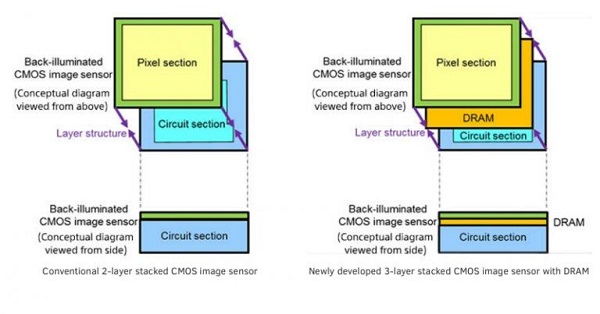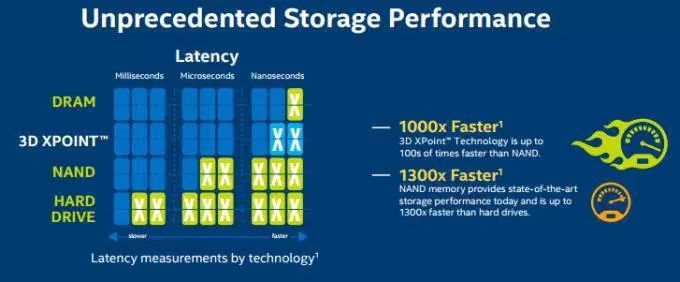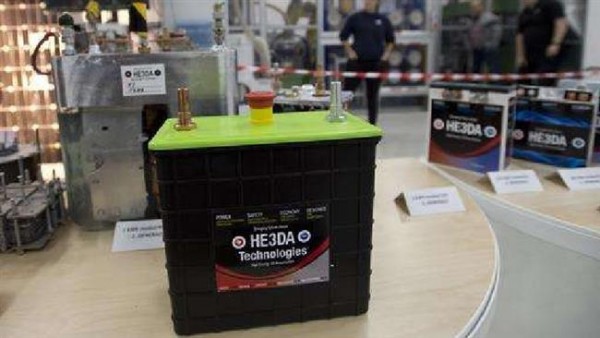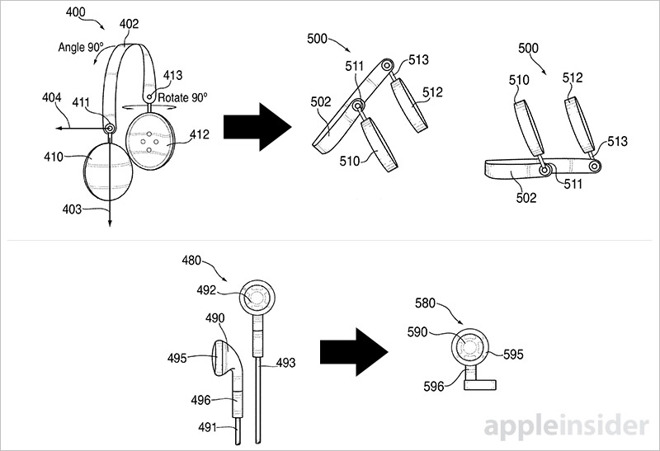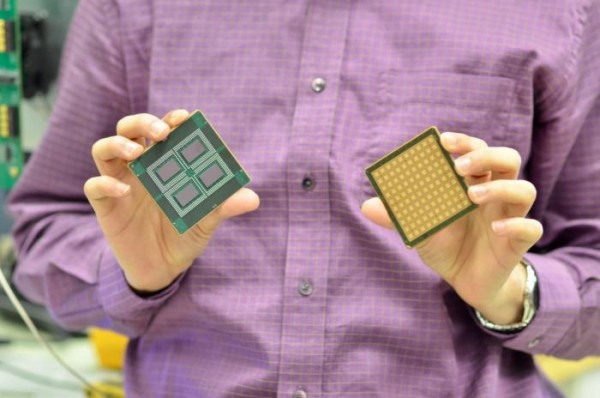
02-07: Toshiba is selling all its stocks of Japan Display Inc. (JDI); SK Hynix is seeking to acquire a stake in the flash-memory business of Toshiba to boost its production of NAND flash chips; etc.
Touch Display
Due to USD6B loss of its nuclear power business, Toshiba is trying to sell 20% stake of its semiconductor business, also it is selling all its stocks of Japan Display Inc. (JDI), of which value is estimated lower than JPY4B (about USD35.6M), with profit of more than JPY1B. (Laoyaoba, Digitimes)
Camera
Sony announced the development of the 3-layer stacked CMOS image sensor with DRAM for smartphones. The new image sensor consists of a DRAM layer added to the conventional 2-layer stacked CMOS image sensor with a layer of back-illuminated structure pixels and a chip affixed with mounted circuits for signal processing. (CN Beta, Slash Gear, Sony)
Memory
Samsung is rumored to expand its 3D NAND fab in China Xi’an, and it is estimated that the overall investment will amount to KRW5T (about USD4.35B). (Laoyaoba, Digitimes)
Micron plans to launch its own QuantX based on the 3D Xpoint storage technology by the end of 2017. Micron is said to be focusing on solutions for high-end PCs and servers. The company plans to offer both SSD and DRAM based on the technology. (Liliputing, PC World, Dostor, My Drivers)
Western Digital (WD) announced that it has commenced pilot production of the company’s 512 Gigabit (Gb) 3-bits-per-cell (X3) 64-layer 3D NAND (BICS3) chip in Yokkaichi, Japan, with mass production expected in 2H17. (CN Beta, Tech World, eTekNix, Yahoo)
SK Hynix is seeking to acquire a stake in the flash-memory business of Toshiba to boost its production of NAND flash chips used in smartphones. The world’s 2nd-largest memory chipmaker said that it had submitted an initial bid, to buy a 20% stake in the Toshiba’s well-performing unit, worth KRW3T (USD2.62B). (Reuters, TechNews, OfWeek, Laoyaoba, Daily Mail, Korea Times)
Battery
Czech company HE3DA has claimed that it has developed a new nano-technology battery that is 8 times cheaper and more powerful battery than those currently used in electric cars. Nanotechnology can increase the size and surface of batteries electrodes, making them sponge-like so that they can absorb more energy during charging and ultimately increasing the energy storage capacity. (CN Beta, IHS SupplierInsight, Phys)
Connectivity
Apple has issued a developer preview on a connector, now dubbed the Ultra Accessory Connector, intended to ease connectivity and adapter problems associated with “Made for i”-certified headphones. Measuring in at 2.05mm by 4.85mm at the tip, the 8-pin connector is slightly less thick than USB-C, and near half as wide as both USB-C and Lightning. (Apple Insider, 9to5Mac, CN Beta, Hexun)
The U.S. Patent and Trademark Office (USPTO) granted Apple a patent covering a next-generation headphone design that automatically transforms into a stereo loudspeaker on the fly, potentially laying down a blueprint for future EarPods, AirPods or Beats models. Titled “Dual mode headphones and methods for constructing the same”, detailing a headphone system —over-the-ear, on-ear or in-ear — capable of switching operating modes from personal listening to speaker depending on its orientation. (CN Beta, Apple Insider, USPTO)
Ericsson and IBM are touting a new silicon-based millimeter-wave phased-array integrated circuit (IC) at 28GHz that could be used in future 5G base stations. The two companies have been collaborating for more than 2 years, combining IBM’s expertise in highly integrated phased-array mmWave IC and antenna-in-a-package solutions and Ericsson’s know-how in circuit and system design for mobile communications. (CN Beta, Fierce Wireless, PC World)
Wearables
Augmented and virtual reality herald Robert Scoble has amplified his predictions about an Apple partnership with Carl Zeiss on a pair of smart glasses, and is predicting an announcement of the technology possibly as early as the middle of 2017. (Pocket-Lint, Apple Insider, CN Beta)
Fitbit is under investigation by a criminal grand jury in the US for allegedly stealing trade secrets from its rival Jawbone to make fitness devices. Fitbit, which wants the lawsuit to be dismissed, is arguing that the US International Trade Commission (ITC) had already analysed and rejected trade secret claims in Washington in Oct 2016. (CN Beta, Bloomberg, CBR Online)
Internet of Things
Vizio, one of the world’s largest manufacturers and sellers of internet-connected “smart” televisions, has agreed to pay USD2.2M to settle charges by the Federal Trade Commission (FTC) and the Office of the New Jersey Attorney General that it installed software on its TVs to collect viewing data on 11M consumer TVs without consumers’ knowledge or consent. (Android Central, FTC)
Panasonic began to develop Fujisawa Sustainable Smart City (Fujisawa SST) in Kanagawa Prefecture, central Japan, as the first smart town in 2013, with completion scheduled for 2018, Digitimes Research indicated. (Digitimes, press, Fujisawa, Panasonic)
